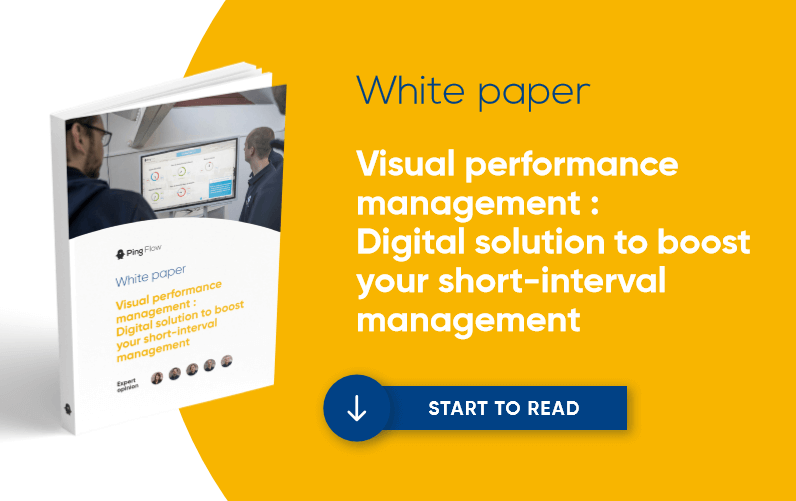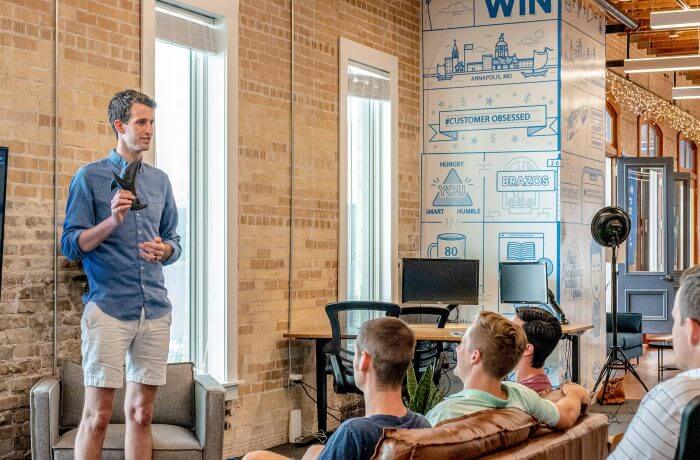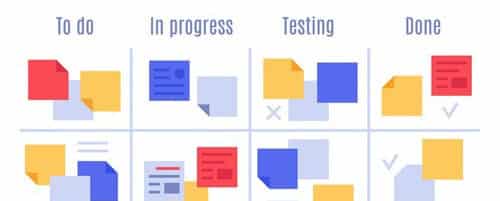Manufacturers are constantly looking for solutions to involve and integrate their people, improve quality and increase productivity. Many companies have initiated a lean management approach over the last few years. It is often as part of this approach that visual management takes hold in production workshops. In this article we are going to look at how visual management and, more widely, how lean management is an excellent tool to federate and motivate teams.
Lean management: An all-encompassing approach to continuous improvement
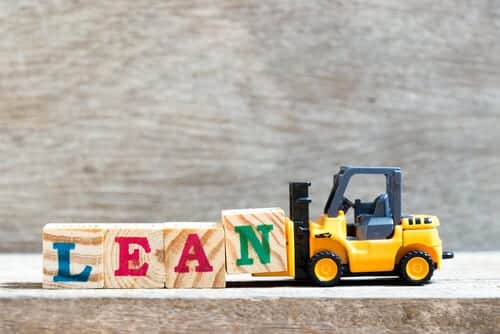
People therefore play a central role in this approach. It is thus necessary to implement processes, to instil rituals, and give people the means to monitor their own activity and that of the company at any time. And the approach will be much appreciated by your customers. Visual management really comes to life when used as a visual aid in team briefings and management meetings.
Visual performance management: Various levels of production briefings
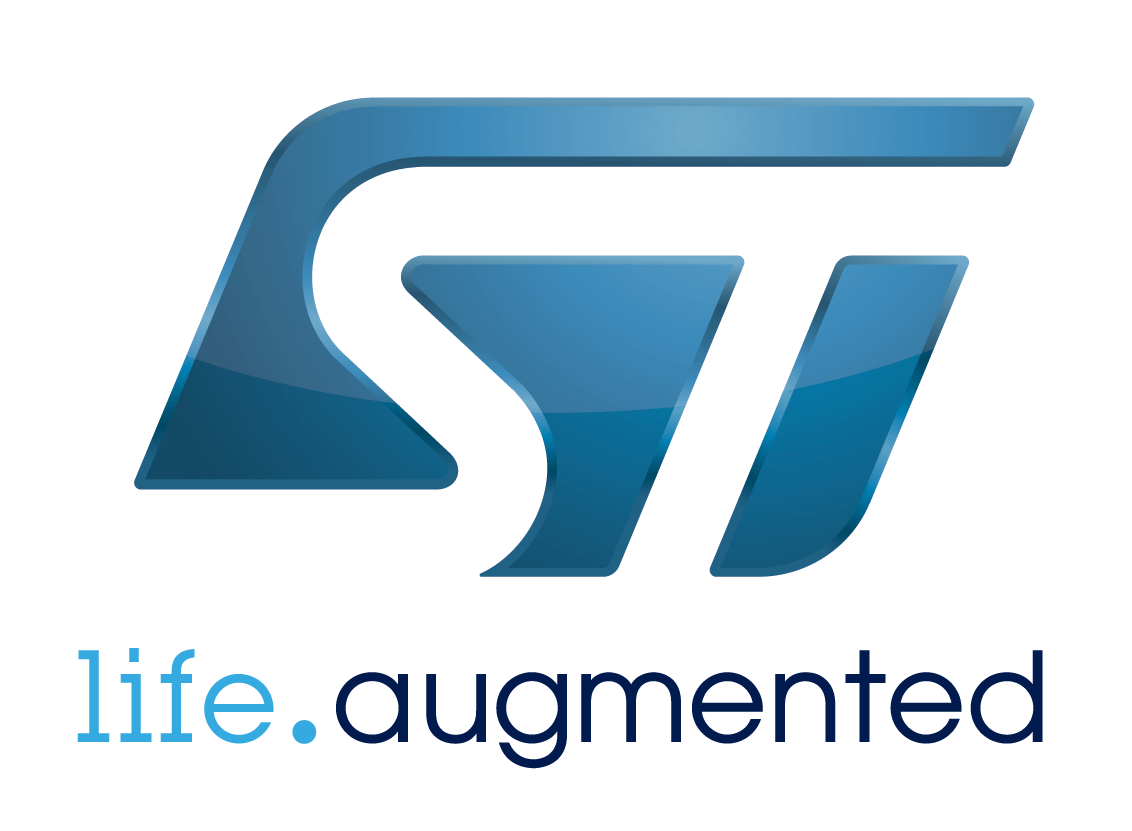
“At ST, we have several types and levels of meeting. Every day we have a fiveminute briefing with operators and leaders to pass on the urgent issues and priorities, this allows us to get a succinct overview of operations. Our teams work 24/7, meetings are held at the beginning of shifts. And between 8 AM and 9 AM we hold a review with the leaders of morning production teams and support functions. The objective is to identify critical issues and to establish the best times to plan machine interventions (as required). This takes about 15 to 20 minutes. Finally, we hold a 30-minute briefing with the managers of each workshop and factory managers. This review allows us to control operations and the overall performance of our factories”.
STMicroelectronics uses several “physical” visual management boards to do this. Team briefing managers therefore regularly update standard indicators to communicate and discuss up to date and relevant data. This approach was started around five years ago. The benefits are significant: Teams are operational more quickly at the beginning of shifts, priorities are more easily identified.
“We have also noticed better communication between different business areas, we understand one another better. Overall efficiency is impacted directly” says Philippe Cachin.
Short interval management rituals in manufacturing: From paper to digital

“First, we would like to have this information updated automatically. For the people who host meetings, preparing physical displays takes a lot of time, sometimes more than the meeting itself. Secondly, we would like to make these displays more visible: When 10 people come to the meeting, some people cannot hear very well or see the displays. We would like to eliminate these barriers using these much more visual widgets and screens in the workshop. Thirdly we have a fairly young team, who are well versed in the use of digital tools. We want to use visual aids which correspond to their understanding and which will increase their involvement.”.
Philippe Cachin also tells us that after five years of using these manual methods, it is time to upgrade them so that they remain efficient. And visual management screens give our factories a modern look, a sort of futuristic factory, a very important consideration for our customers. Within the manufacturing, digital is becoming less and less an option.
Visual management screens really take on their full potential in a continuous improvement approach to modernising the manufacturing industry. Using visual tools to manage teams is a foundation of this approach and should not be ignored. Do you want to digitise your visual management screens or create new ones? Our teams are available to help you.
